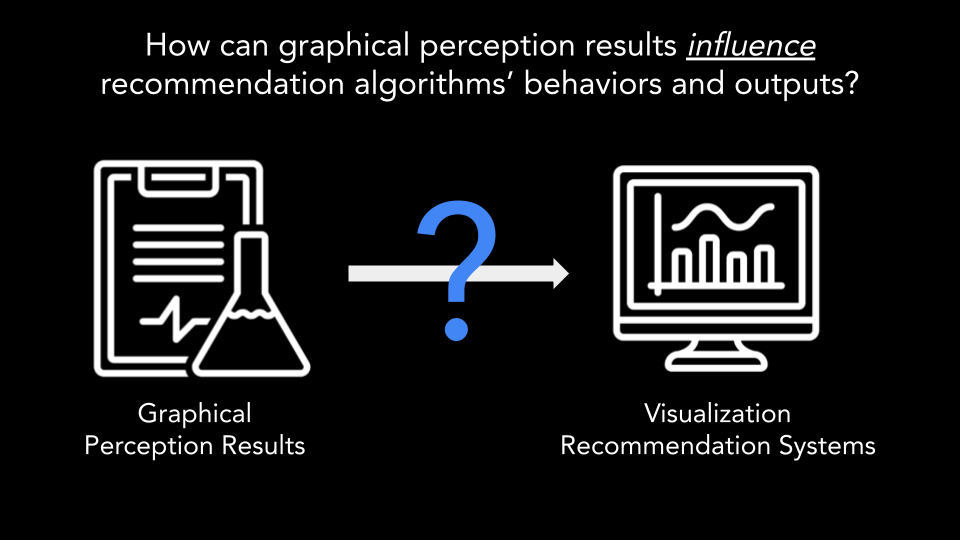Too Many Cooks: Exploring How Graphical Perception Studies Influence Visualization Recommendations in Draco
Zehua Zeng, Junran Yang, Dominik Moritz, Jeffrey Heer, Leilani Battle
DOI: 10.1109/TVCG.2023.3326527
Room: 105
2023-10-26T04:00:00ZGMT-0600Change your timezone on the schedule page
2023-10-26T04:00:00Z

Fast forward
Full Video
Keywords
Graphical Perception Studies;Visualization Recommendation Algorithms
Abstract
Findings from graphical perception can guide visualization recommendation algorithms in identifying effective visualization designs. However, existing algorithms use knowledge from, at best, a few studies, limiting our understanding of how complementary (or contradictory) graphical perception results influence generated recommendations. In this paper, we present a pipeline of applying a large body of graphical perception results to develop new visualization recommendation algorithms and conduct an exploratory study to investigate how results from graphical perception can alter the behavior of downstream algorithms. Specifically, we model graphical perception results from 30 papers in Draco---a framework to model visualization knowledge---to develop new recommendation algorithms. By analyzing Draco-generated algorithms, we showcase the feasibility of our method to (1) identify gaps in existing graphical perception literature informing recommendation algorithms, (2) cluster papers by their preferred design rules and constraints, and (3) investigate why certain studies can dominate Draco's recommendations, whereas others may have little influence. Given our findings, we discuss the potential for mutually reinforcing advancements in graphical perception and visualization recommendation research.